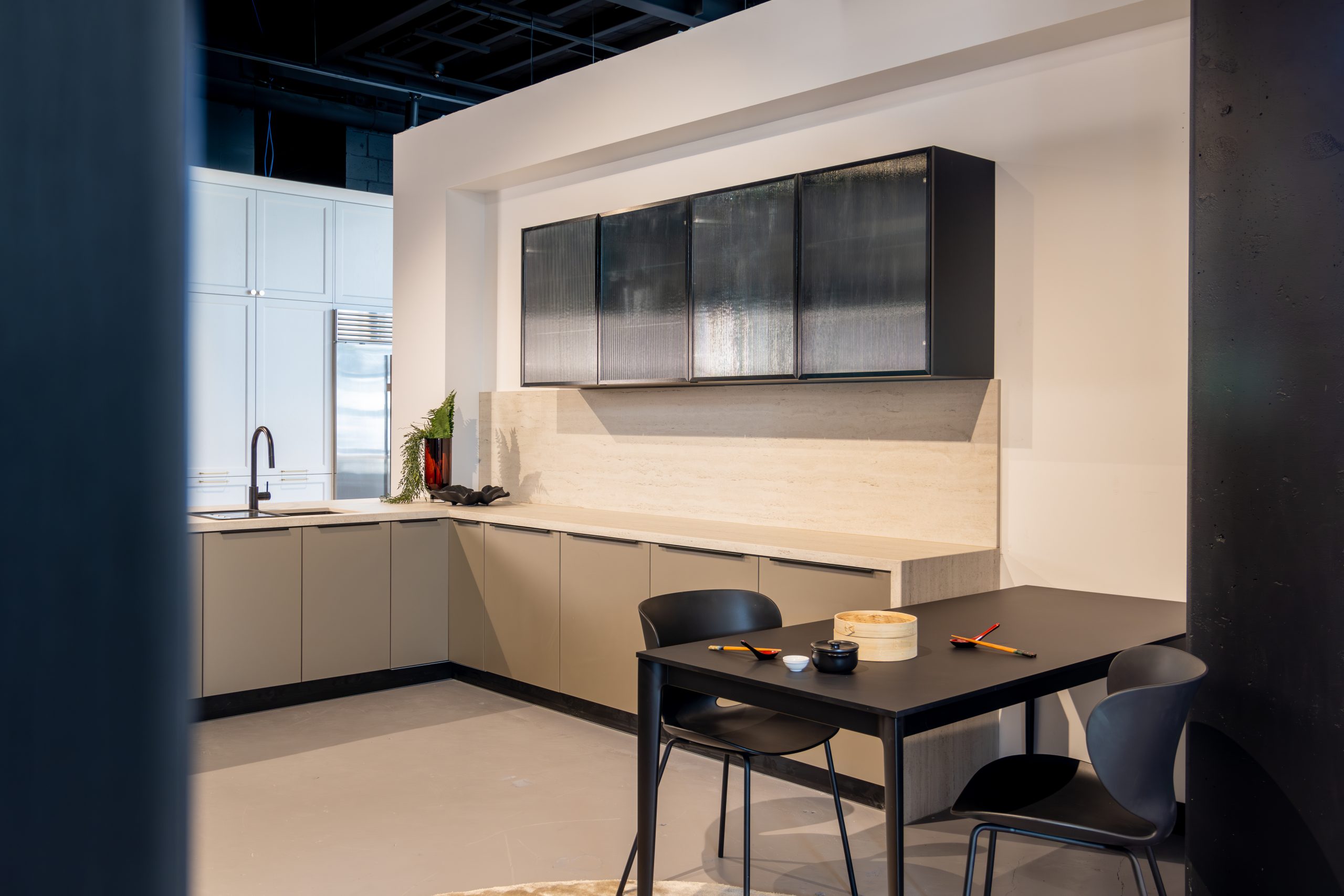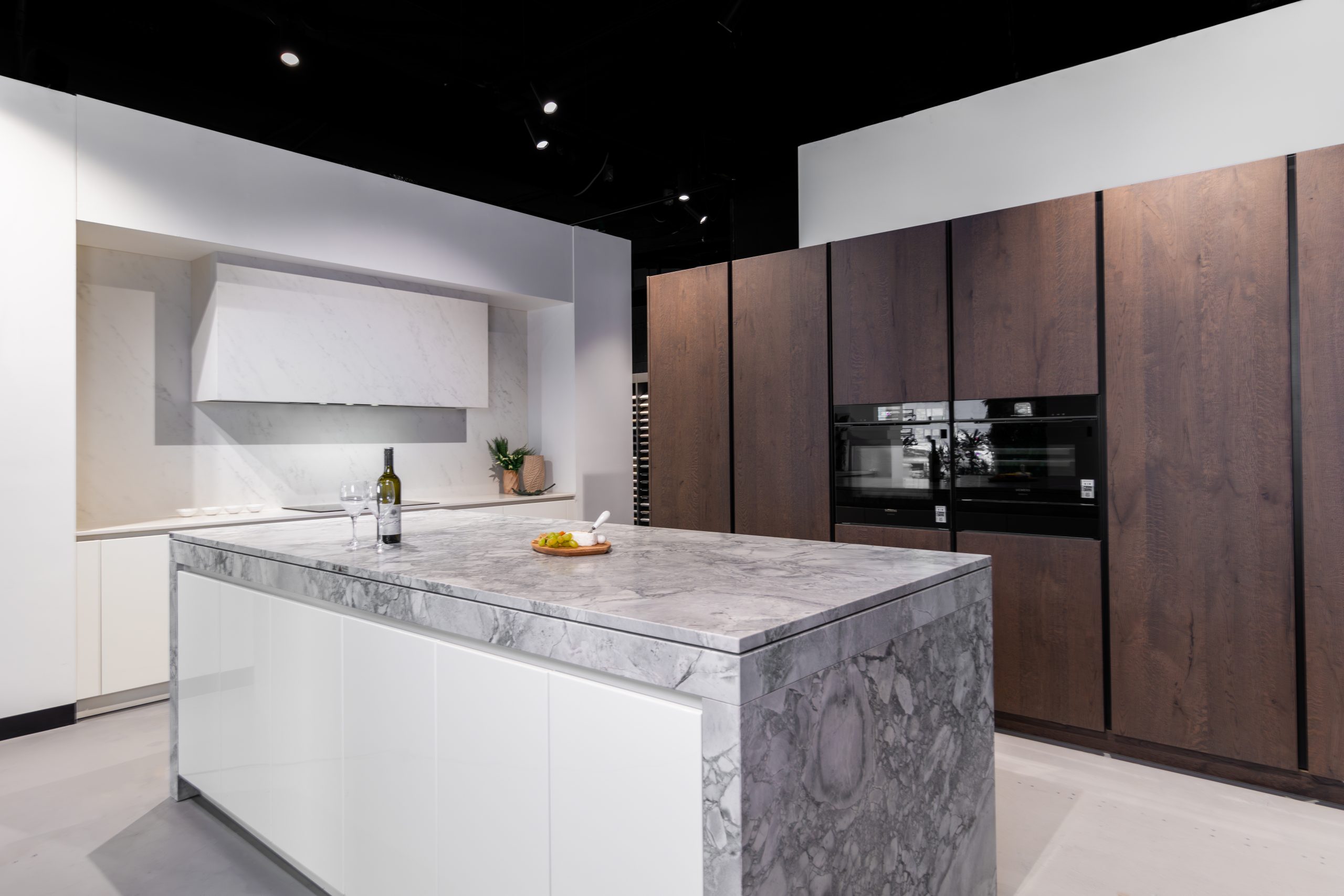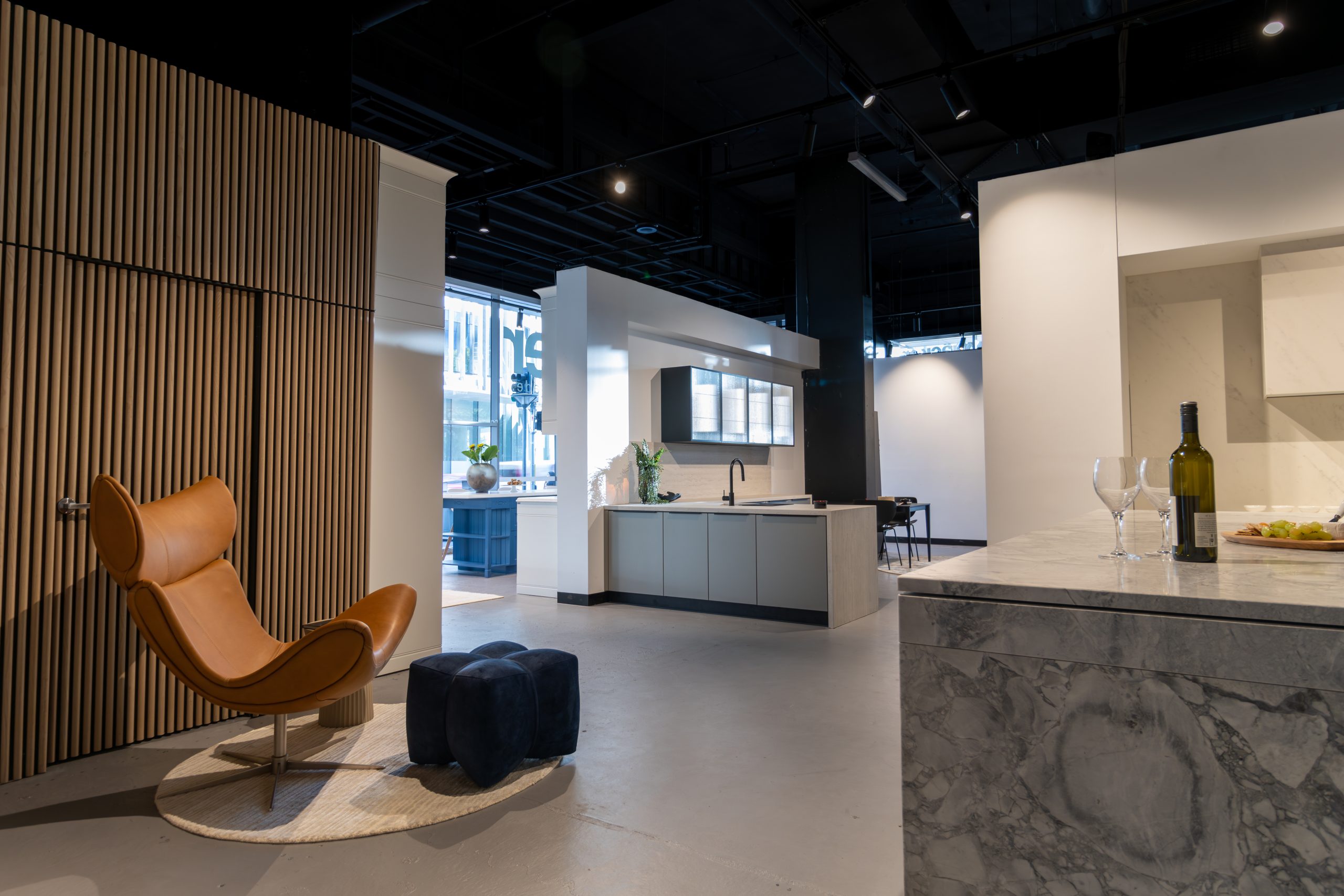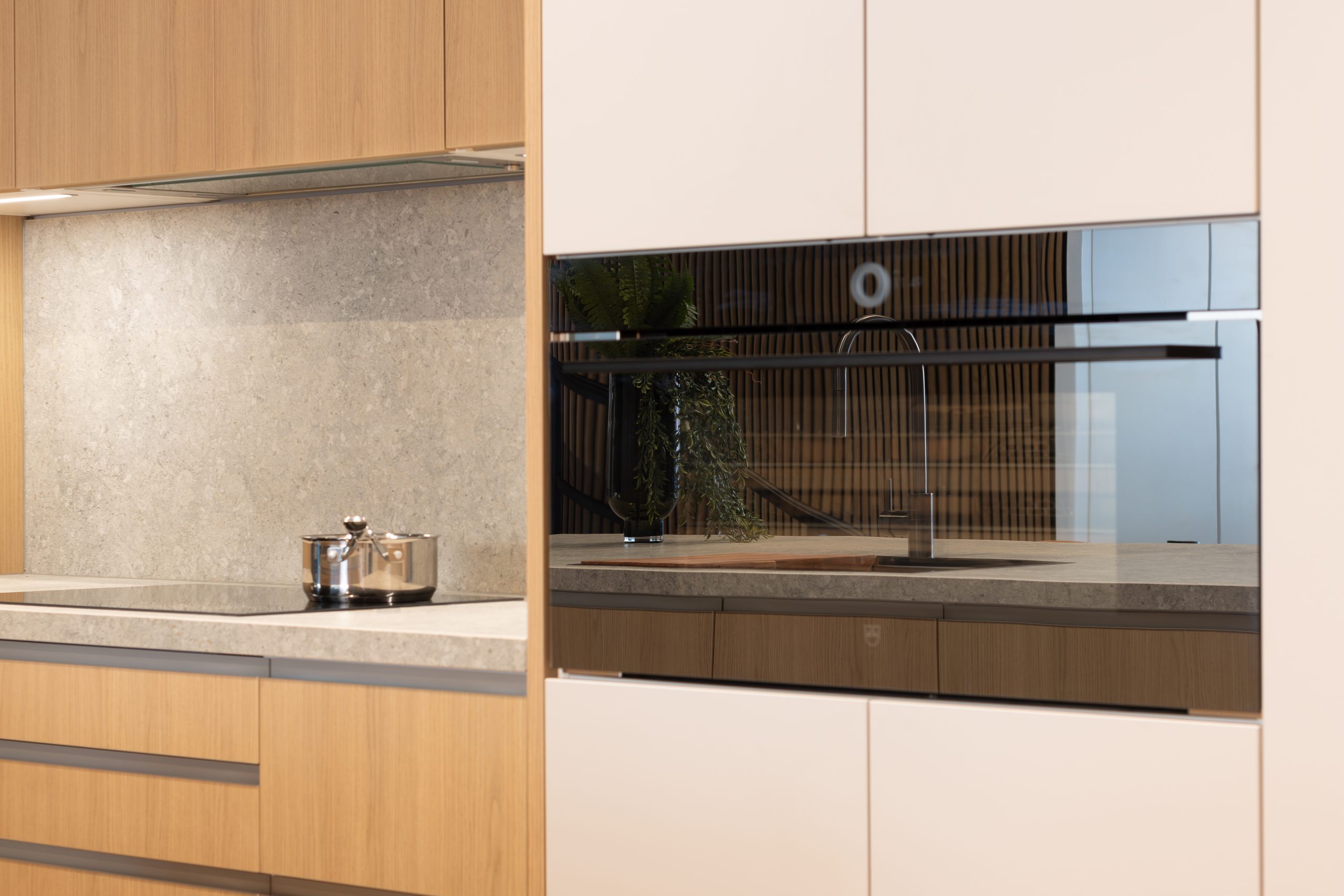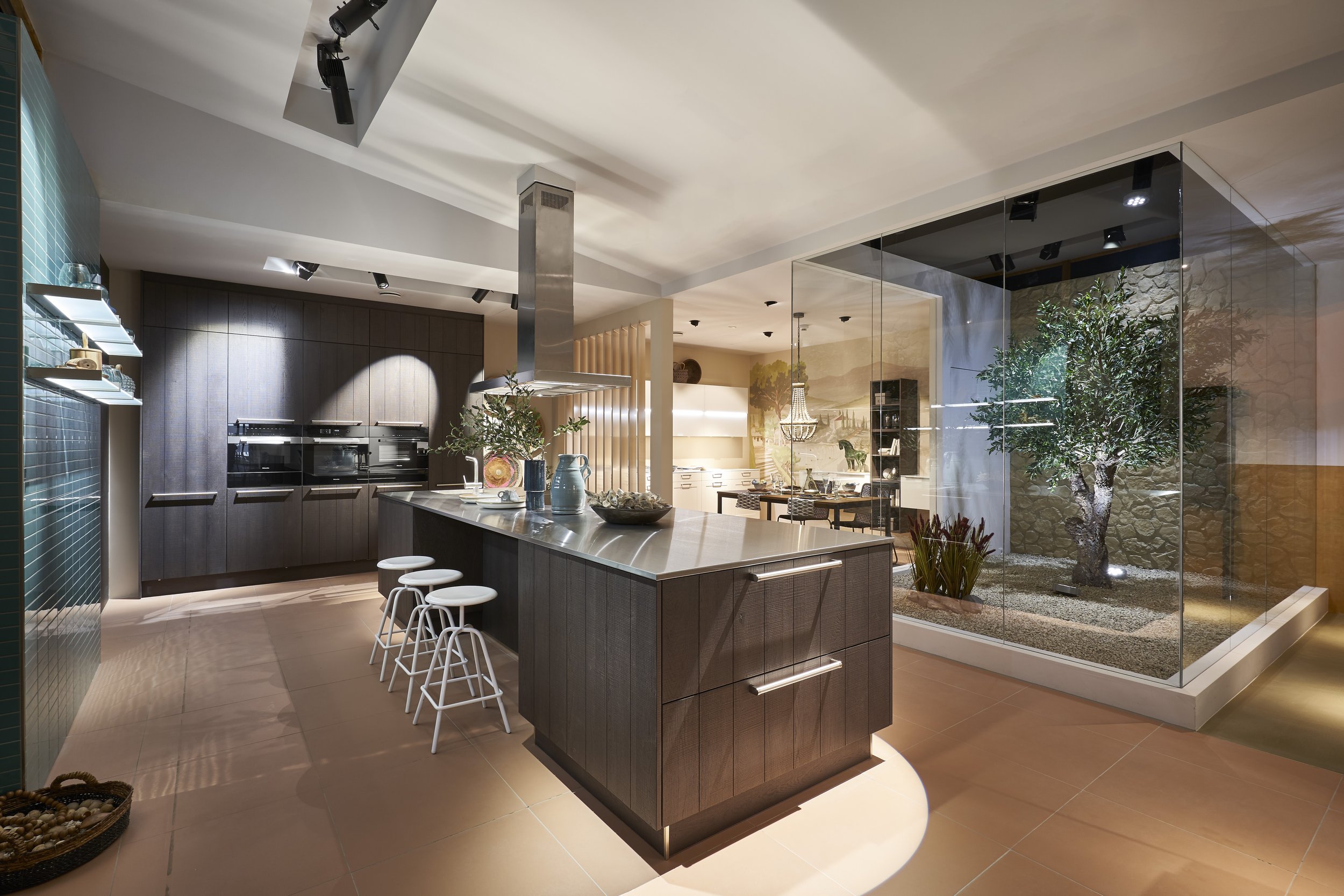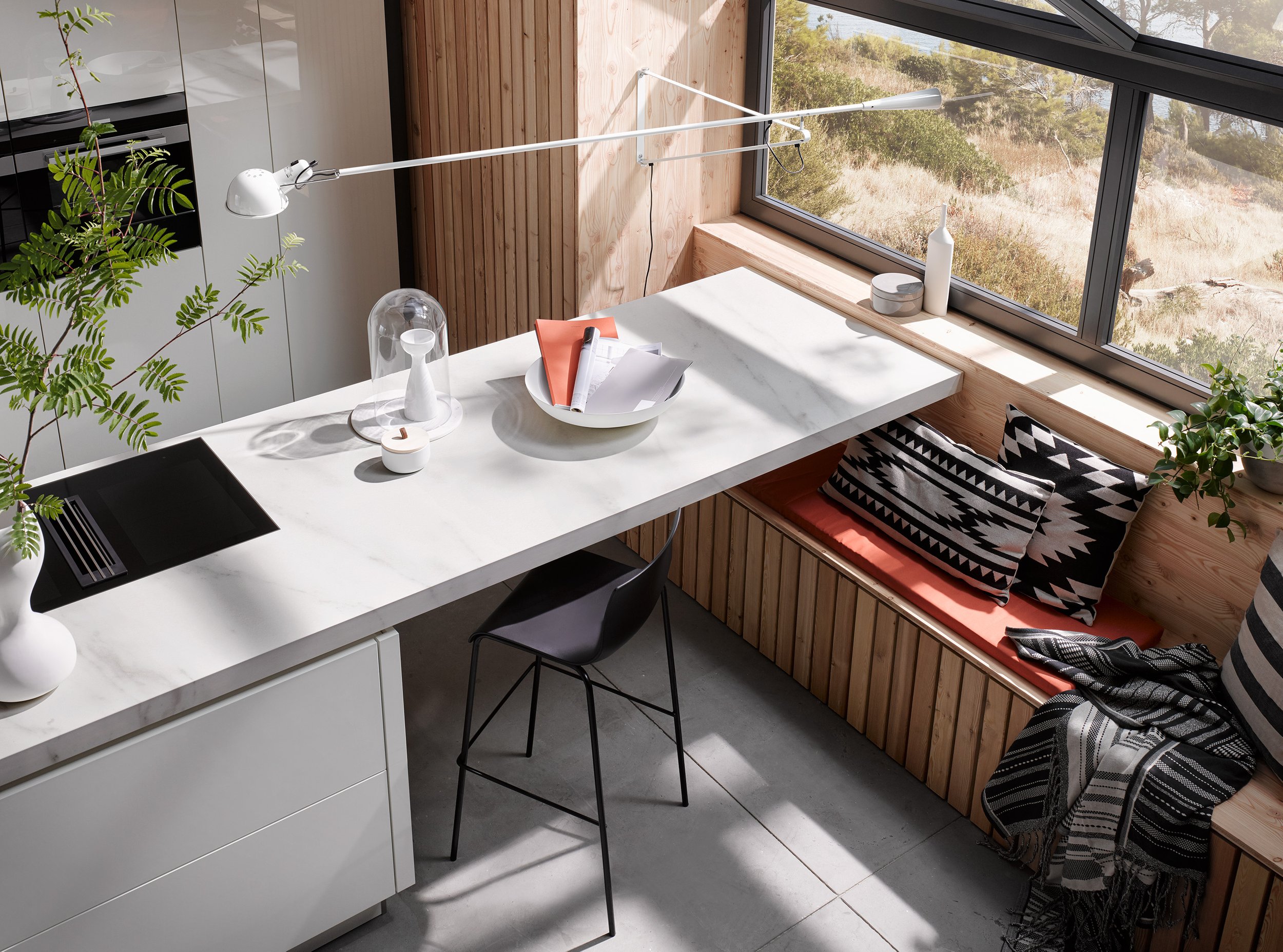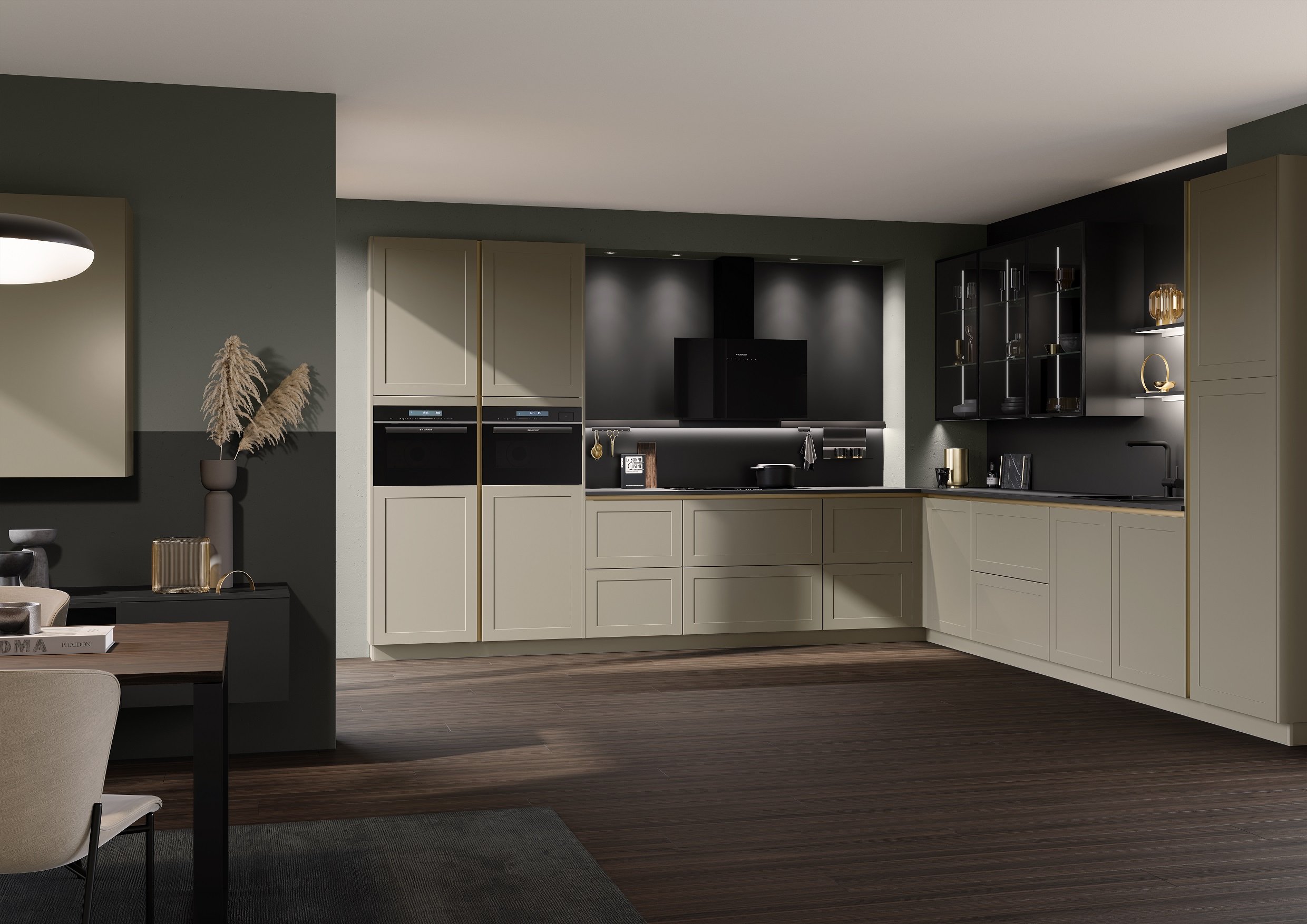
The Complete Guide to Luxury L-Shaped Kitchen Design
Ever walked into a beautifully designed kitchen and felt that immediate sense of “wow”? That’s the power of thoughtful kitchen design, particularly when it comes to the versatile L-shaped layout. For Australian homeowners looking to create their dream culinary space, understanding how to maximise this popular configuration can transform not just how your kitchen looks, but how it functions day-to-day.
L-shaped kitchens have become increasingly popular in Australian homes, with their ability to balance practicality and style. But what elevates a standard L-shaped kitchen into luxury territory? Let’s dive into everything you need to know about creating a high-end L-shaped kitchen that combines functionality with sophisticated design.
What Makes an L-Shaped Kitchen a Luxury Space?
An L-shaped kitchen is defined by its layout along two adjoining walls, forming – you guessed it – an L shape. This configuration cleverly maximises corner space and provides an efficient workflow. But the difference between a basic L-shaped kitchen and a luxury version goes far beyond just the layout.
Definition vs. Distinction: Standard vs. Bespoke L-Shaped Kitchens
According to Mordor Intelligence’s analysis of the Australian kitchen furniture market, there’s been a steady increase in premium kitchen renovations, with L-shaped configurations representing approximately 45% of luxury kitchen designs in Australia.
| Criteria | L-shaped Luxury Kitchens | Standard Layouts |
| Design | Custom-designed with architectural input and personalised elements | Pre-designed templates with limited customisation |
| Size | Typically more generous spatial allocation (minimum 3.5m x 3.5m) | Often designed to fit standard dimensions |
| Material | Premium materials like natural stone, hardwood, and designer finishes | Laminate, standard tiles, and entry-level materials |
| Functionality | Integrated smart technology, custom storage solutions, and chef-grade appliances | Basic functionality with standard appliances |
| Cost | Starting from $30,000+ for full luxury renovations | Can be achieved for $15,000-25,000 |
| Construction time | 8-12 weeks for complete custom design and installation | 4-6 weeks for standard installation |
| Flexibility | Highly adaptable to specific lifestyle needs with multiple customisation options | Limited to standard configurations |
| Durability | Built with longevity in mind, using materials with 15+ year lifespans | Standard materials with 5-10 year expected lifespans |
Pros and Cons: Is an L-Shaped Kitchen the Right Choice?
Before committing to an L-shaped kitchen design, it’s worth considering if this layout aligns with your specific needs and space. Let’s break down the advantages and potential drawbacks.
Advantages of L-Shaped Kitchens
- Exceptional versatility: L-shaped kitchens adapt beautifully to both small and large spaces, making them suitable for everything from compact apartments to sprawling luxury homes.
- Open-plan potential: They naturally integrate with open-plan living areas, a continuing trend in Australian home design.
- Workflow optimisation: The configuration supports an efficient kitchen triangle, reducing unnecessary movement when cooking.
- Social cooking: The layout allows for multiple cooks to work comfortably without collisions.
- Maximised corner usage: L-shaped designs transform potentially awkward corners into functional spaces.
Potential Drawbacks
- Corner cabinet challenges: Without thoughtful design, corner cabinets can be difficult to access.
- Possible workflow issues in larger spaces: In very large kitchens, an L-shape might create too much distance between key workstations.
- Potentially limited storage: Compared to U-shaped designs, there might be less overall cabinet space.
- Design constraints: Some L-shaped kitchens may feel limited if both legs of the “L” aren’t roughly equal in length.
When considering if an L-shaped kitchen is right for your luxury kitchen design, think about your specific cooking habits, entertaining style, and available space. For most modern Australian homes, the advantages far outweigh the potential limitations, especially when the design is customised to your needs.
Premium Design Concepts for a High-End L-Shaped Kitchen
Creating a luxury L-shaped kitchen involves thoughtful consideration of layout variations, additional elements like islands, and an efficient work triangle. Let’s explore these key design elements.
Luxury Layout Variations
The beauty of L-shaped kitchens lies in their adaptability. Some premium variations include:
- The Extended L: One arm of the L extends further, creating additional workspace and potentially incorporating a breakfast bar.
- The Open L: Where one arm of the L is partially open, creating a seamless flow between kitchen and dining or living areas.
- The Split-Level L: Incorporating different counter heights for visual interest and functional separation between prep and casual dining areas.
- The Indoor-Outdoor L: Where one arm of the L extends toward or connects with outdoor entertaining spaces – perfect for Australia’s indoor-outdoor lifestyle.
Islands: Functional Upgrades or Design Statements?
Adding an island to an L-shaped kitchen can transform both its functionality and aesthetic impact. In luxury designs, islands serve multiple purposes:
- Creating a central focal point with premium materials like marble or engineered stone
- Providing additional prep space without disturbing the main workflow
- Housing statement appliances like wine fridges or specialised cooking equipment
- Incorporating casual seating for social interaction during meal preparation
- Defining zones in open-plan spaces without creating visual barriers
According to Envision Kitchens’ 2025 trend forecast, multi-functional islands with varied height surfaces are becoming increasingly popular in luxury Australian kitchens. These designs allow for cooking, dining, and socialising in one seamless space.
Defining an Efficient Work Triangle
The kitchen work triangle – the pathway between sink, stove, and refrigerator – forms the core of any functional kitchen design. In bespoke L-shaped kitchens, the work triangle is carefully calibrated to the homeowner’s specific cooking habits.
Luxury L-shaped kitchens often feature:
- Optimal triangle distances (typically 4-9 feet between each station)
- Thoughtful placement of secondary prep sinks to enhance workflow
- Strategic positioning of high-end appliances within easy reach
- Clear pathways that avoid crossing the main cooking zone
- Consideration of multiple cooks’ movements throughout the space
Which Luxury Materials Elevate L-Shaped Kitchens?
The materials selected for your L-shaped kitchen will significantly impact both its appearance and functionality. In luxury kitchens, the emphasis is on quality, durability, and visual impact.
Premium Materials for Benchtops, Cabinetry, and Splashbacks
Benchtops
- Natural stone: Marble (particularly Calacatta and Statuario varieties) remains a luxury staple, though requires more maintenance
- Engineered quartz: Brands like Caesarstone and Silestone offer the look of natural stone with greater durability
- Porcelain slabs: Ultra-thin, large-format porcelain is gaining popularity for its versatility and resistance to heat and staining
- Exotic woods: For island benchtops, treated timber like Blackbutt or Spotted Gum adds warmth and contrast
Cabinetry
- Custom hardwood: Handcrafted cabinets in American Oak, Walnut, or native Australian timbers
- High-end veneer: Book-matched veneers creating continuous grain patterns
- Two-pack polyurethane: Offering limitless colour options with exceptional durability
- Integrated handle designs: Finger pulls or push-to-open mechanisms for clean lines
Splashbacks
- Continuous stone: Using the same material as the benchtop for a seamless look
- Handmade tiles: Zellige or artisanal ceramics for texture and character
- Metal finishes: Antiqued mirror, brushed brass, or copper for reflectivity and warmth
- Glass: Custom printed or back-painted for precise colour matching
Luxury Styling Tips and Current Design Trends
According to Envision Kitchens’ 2025 trend forecast, several key styling approaches are dominating luxury L-shaped kitchen designs:
- Mixed materials: Combining different finishes like timber, stone, and metal for depth and visual interest
- Statement lighting: Architectural lighting that serves as both functional illumination and artistic element
- Integrated technology: Smart appliances and touch-control systems that blend seamlessly into the design
- Concealed storage: Hidden pantries and appliance garages that maintain clean lines when not in use
- Indoor-outdoor connection: Design elements that visually connect interior kitchens with outdoor cooking spaces
- Tactile surfaces: Textured finishes that invite touch, like fluted cabinetry or leather-finish stone
- Sustainability focus: Eco-friendly materials and energy-efficient design becoming luxury standards
- Enhance the entrance to your back kitchen: By creating a standout feature, consider setting up a coffee bar, cocktail station, or breakfast nook—an eye-catching addition that is both functional and adds charm to the space (according to Domain Australia)
When designing a luxury L-shaped kitchen, consider how these materials and trends can be incorporated while maintaining the functional advantages of the L-shaped configuration. The key is creating a cohesive design that feels both personal and timeless, rather than simply following trends.
For homeowners considering a kitchen renovation, working with Hacker Kitchen design service can help visualise these material choices before committing to them, using 3D rendering and virtual walkthroughs.
FAQs
What is the minimum space required for a functional L-shaped luxury kitchen?
For a truly luxury L-shaped kitchen, you’ll want at least 3.5m x 3.5m of floor space. This allows for proper workspace on both legs of the “L” while maintaining comfortable clearance for movement. Smaller spaces can still utilise an L-shaped design, but may need to compromise on some luxury elements like islands or extensive storage solutions.
What are the most popular colour palettes for luxury L-shaped kitchens?
Current luxury trends favor sophisticated neutrals with statement accents. Popular palettes (according to Pantone) include:
- Warm whites and creams paired with natural timber and brass accents
- Charcoal or deep navy with marble and brushed nickel
- Sage greens or dusty blues with concrete elements and black fixtures
- Monochromatic schemes using different textures in the same color family
What’s the difference between a luxury L-shaped kitchen with an island and one without?
A luxury L-shaped kitchen without an island typically emphasises the clean lines of the L configuration and maximises floor space, making it ideal for smaller luxury kitchens or spaces where traffic flow is priority. These designs often feature statement lighting and focus attention on premium cabinetry and appliances.
L-shaped kitchens with islands offer additional workspace, storage, and often incorporate seating. In luxury designs, islands frequently become the focal point, featuring waterfall edges, statement lighting above, and premium materials that might differ from the perimeter countertops. Islands can also house specialty appliances or features like built-in herb gardens or wine storage.

